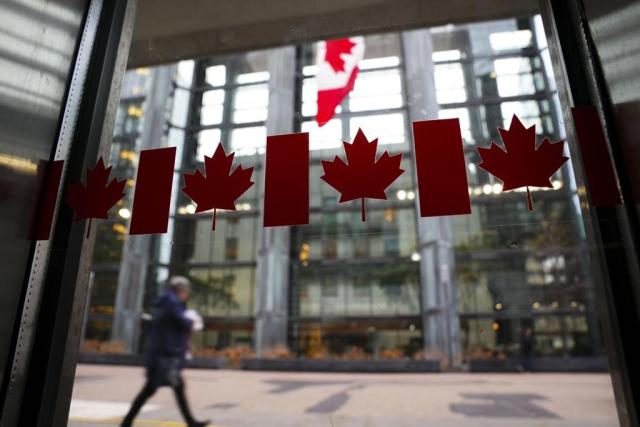
As needed, the Bank of Canada is ready to act and provide liquidity support to the financial system.
The Bank of Canada is closely monitoring tensions in the global banking system ahead of its next decision on interest rates and the release of its monetary policy report in April, a senior central bank official said Wednesday.
In the text of a speech delivered at the National Bank Financial Services Conference, Toni Gravelle, Deputy Governor of the Bank of Canada, assured that the central bank was on the lookout for any effect potential spillover to the real economy from recent banking problems in the United States and Europe.
We will consider the macroeconomic consequences of this evolving situation in our next projection, said Mr. Gravelle.
In particular, we will be alert to possible spillover effects in the real economy, as financial conditions tighten and there are more general effects on confidence.
US regulators had to take control of Silicon Valley Bank and Signature Bank earlier this month to avoid bigger financial problems amid a run on deposits, while Swiss authorities have helped UBS acquire Credit Suisse after the latter ran into difficulties.
Mr. Gravelle pointed out that global banks are more resilient today than they were 15 years ago when the global financial crisis began.
With the reforms that have been put in place since the crisis, they have been forced to significantly increase their capital and liquidity reserves. This makes the banking system safer and better able to withstand stress, he said.
While the Canadian banking sector has an international reputation for stability, Gravelle noted, it is not immune to events elsewhere, and tensions events that arise outside of Canada can negatively affect things at home.
However, he added that the Bank of Canada is ready to act in the event of serious tensions in the market and to provide liquidity support to the financial system.
The next interest rate decision and the next monetary policy report from the Bank of Canada are scheduled for April 12.
The central bank kept its key rate unchanged at 4.50% in its March 8 interest rate decision. It was the first time the Bank of Canada did not raise rates since it began raising them in March 2022, in an effort to slow inflation.